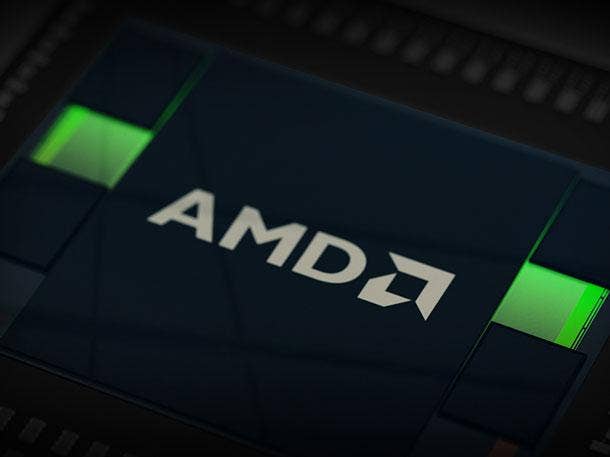AMD Hires IBM Power9 Dev Lead To Work On CPU-GPU Integration
'It certainly paints a picture that AMD is going to be a significant factor for the continuing years,' one AMD partner says of former IBM Power development lead Joshua Friedrich joining the chipmaker to work on CPU-GPU integration efforts that will benefit client and data center products.

AMD has hired former IBM Power development lead Joshua Friedrich to work on the chipmaker's CPU-GPU integration efforts for both the data center and client sides of the house.
AMD spokesperson Drew Prairie confirmed to CRN Friday that Friedrich joined the company as a corporate vice president in January after he posted the job to his LinkedIn profile. This comes one day after AMD said it has hired former top Intel executive Dan McNamara to lead the chipmaker's EPYC server processor business in addition to promoting four executives.
[Related: Forrest Norrod On Why AMD EPYC 'Rome Kicks A**']
IBM did not respond to a request for comment.
Friedrich, who had worked on IBM's Power server processors for more than 20 years, is working under AMD CTO Mark Papermaster in the chipmaker's engineering organization and is "responsible for driving [the company's] integrated CPU and GPU technology approach," according to Prairie.
This means Friedrich is working on the technology that will support AMD's plans to create tighter integration between its EPYC processors and Radeon Instinct GPUs on the data center side as well as its work on the SmartShift technology for mobile Ryzen and Radeon chips that was announced at CES 2020.
Scott Aylor, corporate vice president and general manager of AMD's Datacenter Solutions, previously told CRN that the company plans to more tightly integrate EPYC and Radeon Instinct, both from an architectural standpoint and a release cadence standpoint, to improve system performance.
"I think you'll see a greater and greater coupling in terms of timing, capability [and] workload affinity that I think will be more the norm," Aylor, who's leaving AMD this year and handing over responsibilities to McNamara, said at the time.
Friedrich was most recently a distinguished engineer and director of Power technology development within IBM's Server and Technology Group, where he was "responsible for the design and delivery of IBM's Power9 processors," according to a 2017 biography published on the Institute of Electrical and Electronics Engineers' research library website.
Friedrich was the "development leader for future Power processor designs," with responsibilities including design content decisions, staffing as well as technology evaluation and interacting, according to his LinkedIn profile. He started at IBM in 1999 to work on the circuit design for the Power5 CPU.
While Friedrich's work at AMD is expected to benefit the chipmaker's data center efforts, it's also expected to help the company's client side as well.
The company's latest CPU-GPU integration work in the latter area was revealed at CES 2020 alongside AMD's new Ryzen 4000 mobile processors for laptops under the name SmartShift. The new technology, according to the company, dynamically shifts power between the CPU and GPU to boost performance depending on the type of workload, such as gaming and content creation.
AMD SmartShift is being pitched as a technology meant to benefit laptops with Ryzen and Radeon parts, but Patrick Moorehead, president and principal analyst at Moor Insights & Strategy, said he expects the company's development on such technology could eventually benefit servers as well.
"I'd be surprised if AMD doesn't find more ways to connect its server CPUs and GPUs," he said in a message to CRN earlier this month. "They're already closely coupling with Infinity Fabric 2 but I'd expect faster interconnects and power sharing between components."
Dominic Daninger, vice president of engineering at Nor-Tech, a high-performance computing systems integrator and AMD partner based in Burnsville, Minn., said the hiring of Friedrich is good news for AMD's long-term road map since his work likely won't start appearing in products for a while.
"It's probably a smart move on AMD's part. They're really continuing to spend money to grow that road map further out," he said. "It certainly paints a picture that AMD is going to be a significant factor for the continuing years."